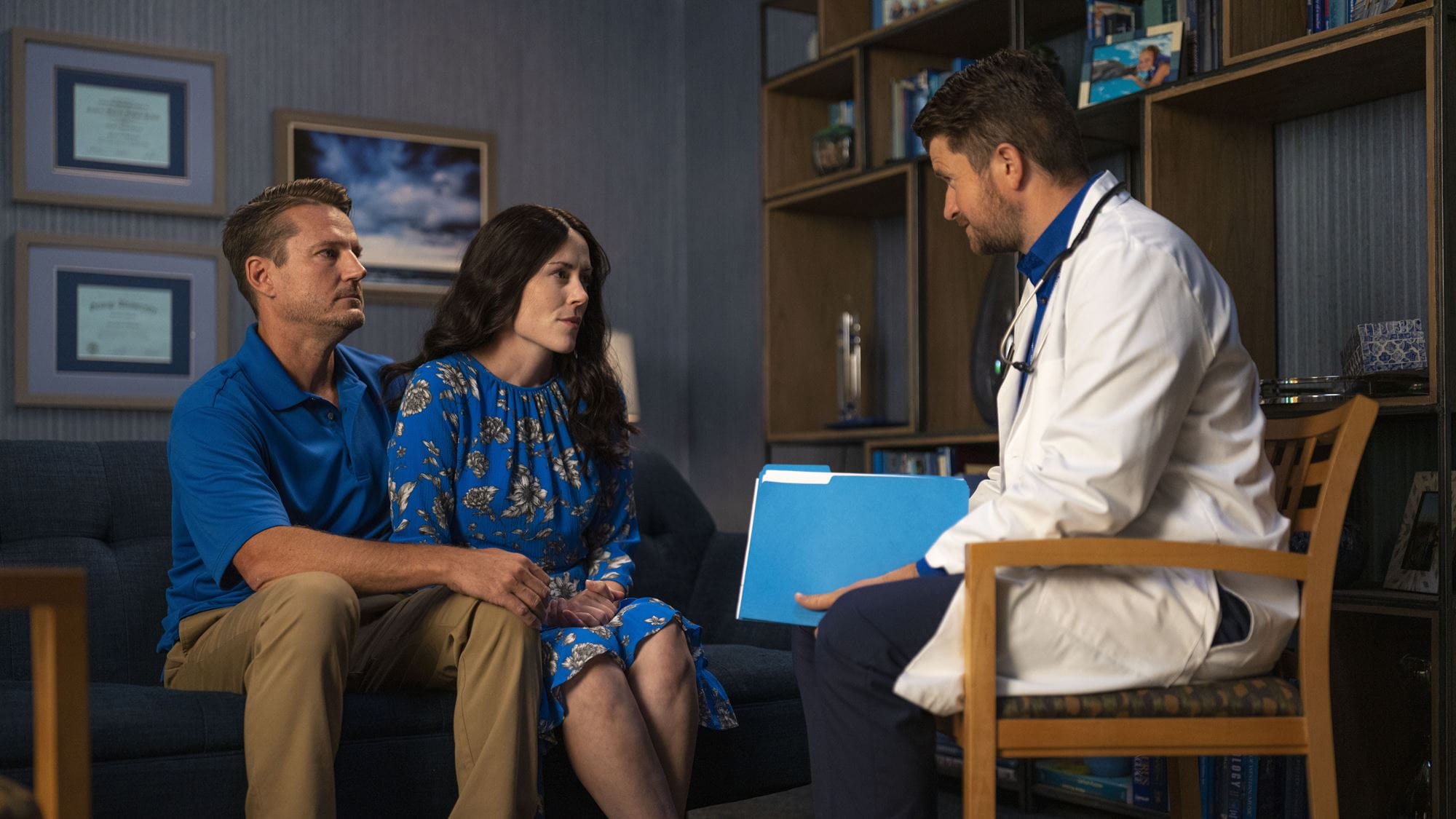What is telehealth for oncology?
Tele-oncology is the use of telehealth for cancer care. Tele-oncology uses communication technology to let a patient consult with an Intermountain Cancer Center provider from a distance.
Using telehealth technology, including high-definition cameras, monitors, and audio equipment, clinicians and patients in rural areas can connect with oncology at an Intermountain Cancer Center.
Although the idea of the cameras and audio technology might sound simple, the education and training around telehealth programs allow trained staff and specialists on both ends of the camera to provide seamless, superior care.
These specialists provide real-time evaluation of patients, consult on treatments and follow-up options, and coach bedside clinicians through specialized procedures for a variety of oncology patient needs. In many cases, telehealth for oncology allows patients to stay closer to home and family, avoiding unnecessary travel.
How does telehealth for cancer work?
Who can get it?
In the past, telemedicine was mostly used for patients who lived in rural areas and would have to travel a long distance for a medical appointment.
Now, telehealth for oncology is used more and more for patients who live anywhere. It’s often more convenient and saves travel time. It can also reduce the amount of time you need to take off from work—and the time you may otherwise spend in a waiting room.
However, telemedicine may not be appropriate in some circumstances. For instance, patients can’t undergo procedures or receive imaging tests remotely. Talk to your cancer care team to find out if any part of your treatment plan may include the option for telehealth.
What to Expect
While regular telehealth visits can be conducted on a laptop computer, tablet, or smart phone from your home, tele-oncology allows collaboration with a local clinic provider at a designated site. It is similar to a visit at your local clinic with familiar faces nearby yet adds the expertise of a specialist who may be in larger metropolitan area on a big screen.
Once you are connected, the onsite provider will interact with you and your cancer center expert on the screen. The visit is just like any other medical visit: You can ask questions, take notes, and talk about any concerns you have.
Frequently Asked Questions
Are telehealth for oncology visits expensive?
Is telehealth for oncology as effective as in person care?
Telemedicine has been tested in multiple clinical settings. Tests have shown it’s equivalent to in-person care and that both patients and health professionals are satisfied with the experience.
Telehealth for oncology is an integral part of the Intermountain Cancer Care Program and has safely provided treatment to thousands of patients since its inception in 2015. Our patients and caregivers have avoided over a quarter million miles of travel, and over $275,000 in savings. Plus, of course, the priceless value of receiving nationally recognized quality of care while staying close to home.


